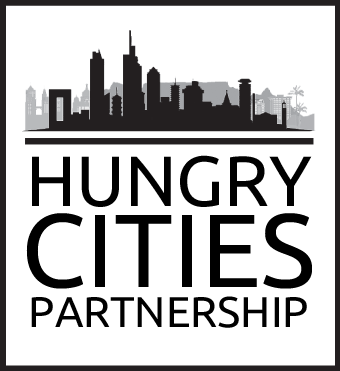Document Type
Hungry Cities Report
Publication Date
2018
Department
Balsillie School of International Affairs
Abstract
The surprisingly high rate of supermarket patronage in low-income areas of Windhoek, Namibia’s capital and largest city, is at odds with conventional wisdom that supermarkets in African cities are primarily patronized by middle and high-income residents and therefore target their neighbourhoods. What is happening in Namibia and other Southern African countries that make supermarkets so much more accessible to the urban poor? What are they buying at supermarkets and how frequently do they shop there? Further, what is the impact of supermarket expansion on informal food vendors? This report, which presents the findings of the South African Supermarkets in Growing African Cities project research in 2016-2017 in Windhoek, looks at the evidence and tries to answer these questions and others. The research and policy debate on the relationship between the supermarket revolution and food security is also discussed. Here, the issues include whether supermarket supply chains and procurement practices mitigate rural food insecurity through providing new market opportunities for smallholder farmers; the impact of supermarkets on the food security and consumption patterns of residents of African cities; and the relationship between supermarket expansion and governance of the food system, particularly at the local level.
Recommended Citation
Nickanor, N., Kazembe, L., Crush, J., & Wagner, J. (2018). The Urban Food System of Windhoek, Namibia (rep., pp. i-93). Waterloo, ON: Hungry Cities Partnership. Hungry Cities Report, No. 8.
Included in
Food Studies Commons, Human Geography Commons, Politics and Social Change Commons, Urban Studies and Planning Commons


